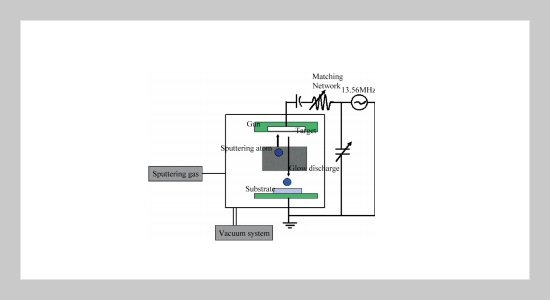Shao-Kuo Lu This email address is being protected from spambots. You need JavaScript enabled to view it.1, Wun-Hsing Lee1 , Hung-I Yeh2 , Tin-Yi Tian2 and Chi-Hau Chen2 1Institute of Mechatronic Engineering, National Taipei University of Technology, Taipei, Taiwan 106, R.O.C.
2Departments of Internal Medicine and Medical Research, Mackay Memorial Hospital, Taipei, Taiwan 104, R.O.C.
Received:
September 29, 2006
Accepted:
June 8, 2007
Publication Date:
December 1, 2007
Download Citation:
||https://doi.org/10.6180/jase.2007.10.4.08
In this present study, it discussed the phenotypic expression of human umbilical vein endothelial cells (HUVEC) seeded (200 or 800 cells/mm2 ) onto 316L stainless steel coated with different sputtering thin films. These coated films were inclusive of titanium (Ti), titanium nitride (TiN), and titanium dioxide (TiO2). Forty-eight hours later, the cells were examined by immunofluorescence microscopy and scanning electron microscopy (SEM). Results showed that for either seeding values, the levels of cellularity on TiN and TiO2 are comparable or higher compared to the controls (p < 0.05), but that is lower on Ti. SEM demonstrated that the amount of cell processes varied. Generally, the lower cellularity, the more processes. Western blotting showed that cells on the coated metals expressed less amounts of VWF and Cx43 protein (p < 0.05). Immunoconfocal microscopy confirmed that Cx43 gap junctions were less in the metal groups. Therefore, it suggested that down-regulation of VWF and Cx43 gap junctions is a common phenomenon in HUVEC seeded onto coated stent. However, it would stimulate cell proliferation significantly, suggesting that endothelial cells in the stented vessels are functionally impaired, which may play a key role in the process of restenosis following stent implantation.ABSTRACT
Keywords:
HUVEC, Connexin43, Von Willebrand Factor, Immunocytochemistry, Sputtering
REFERENCES
















